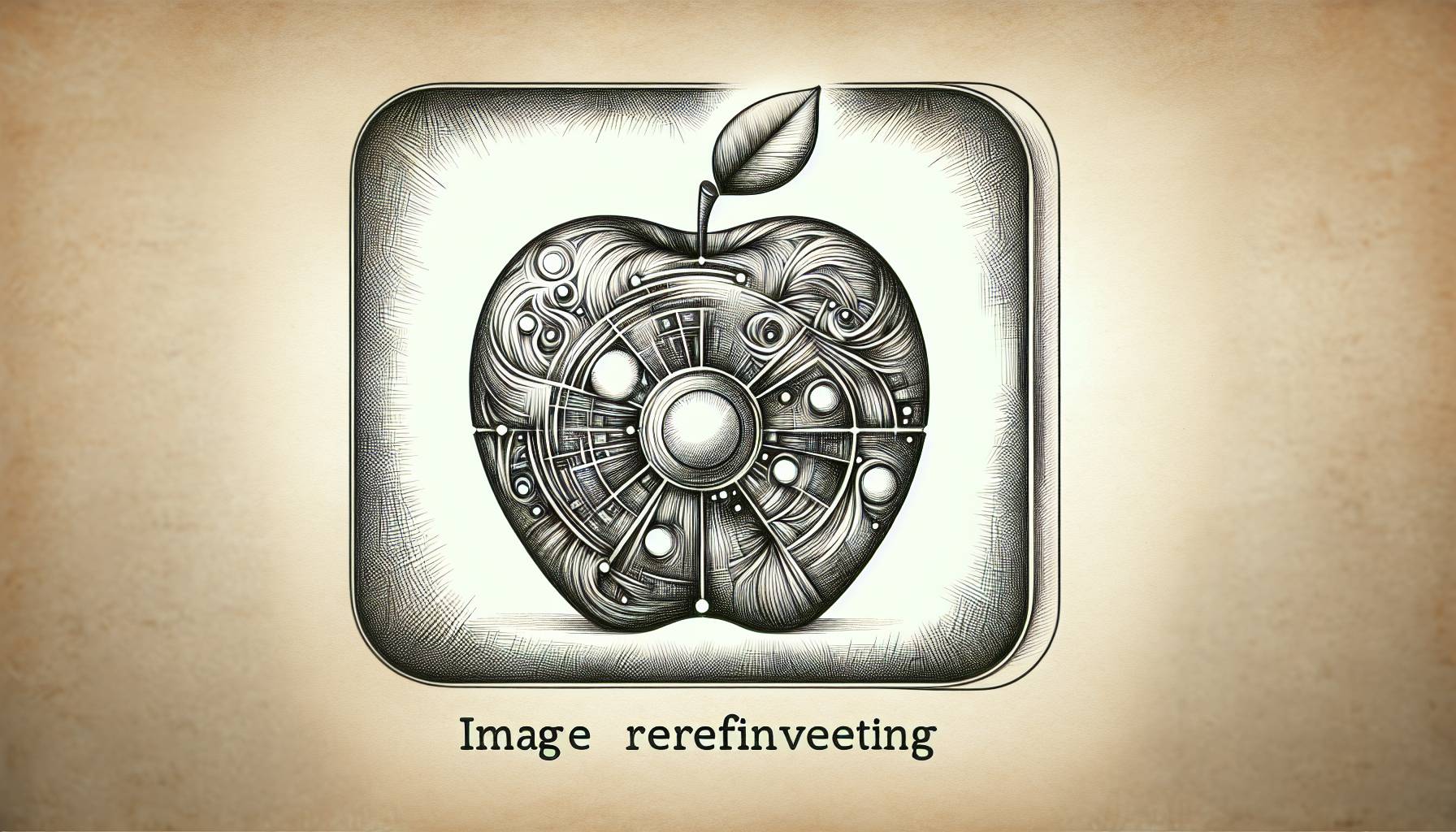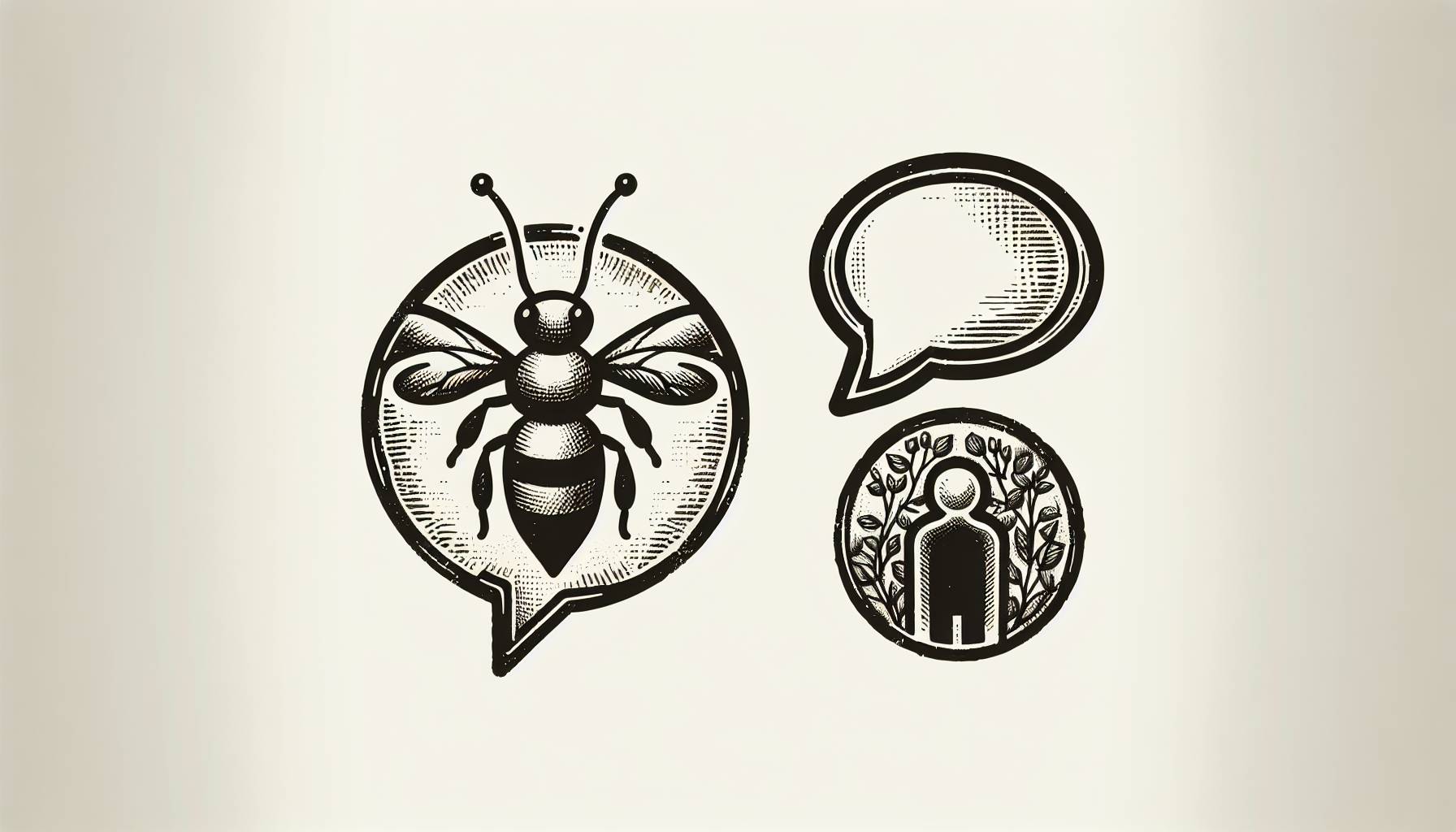OpenAI, the renowned AI research organization, has officially announced the general availability of its groundbreaking text-generating model, GPT-4. This cutting-edge AI model represents a significant leap forward in natural language processing and is now accessible to developers through OpenAI’s API. With GPT-4, OpenAI continues to push the boundaries of AI capabilities and aims to revolutionize the way we interact with machines.
Accessible to Developers, Limitations to be Lifted Soon – OpenAI’s API developers with a proven track record of successful payments now have the privilege of accessing GPT-4. The company plans to gradually expand access to new developers by the end of this month. However, availability limits will depend on compute availability and will be raised in due course.Since its debut in March, GPT-4 has been in high demand, with millions of developers anxiously anticipating access. OpenAI recognizes the expanding ecosystem of cutting-edge products that employ GPT-4 and looks forward to a day when chat-based models may serve a broad variety of purposes.
Enhanced Capabilities and Performance – GPT-4’s capacity to create text,
including code, and to take both picture and text inputs stands out as a major development. This is a big improvement over the previous version (GPT-3.5), which could only take text inputs. GPT-4 has been thoroughly trained on open data, such as that found on public websites and licensed data.Incredibly, GPT-4 performs at a “human level” on a number of professional and academic standards, proving its superiority. Like every generative AI model, GPT-4 has its limits that must be taken into account. Despite its self-assurance, it may occasionally “hallucinate” actual events and produce logical fallacies. Furthermore, GPT-4 does not learn from its past mistakes, therefore it may have difficulty solving complicated problems like avoiding the introduction of security holes into the created code.
Image Understanding and Future Developments – While GPT-4’s image-understanding capability is not yet available to all OpenAI customers, the company is actively testing it with a partner, Be My Eyes. This initial testing phase will pave the way for wider adoption in the future, expanding the possibilities of AI-driven image understanding.OpenAI is dedicated to progress and wants to provide programmers the tools to fine-tune text-generating models like GPT-4 and GPT-3.5 Turbo using their own data. This option, which has always been there for earlier models, will provide developers the freedom to modify these models as they see fit. OpenAI is working on implementing this functionality for later this year so that users have even more control over their experience.
Competition and Context Window – Since the release of GPT-4, competition in the field of generative AI has heated up. As a leader in the industry, Anthropic has just increased the 100,000-token context window of its flagship text-generating AI model, Claude. The model takes into account a certain “context window” before coming up with new output. The broader the context window, the greater the model’s ability to comprehend the context of the discussion.In terms of context window, GPT-4 previously held the crown, boasting a context window of up to 32,000 tokens. This allows GPT-4 to maintain a broader understanding of conversations, avoiding the pitfall of veering off-topic due to limited context. OpenAI’s continuous commitment to research and development ensures that their models remain at the forefront of technological advancements.
DALL-E 2 and Whisper APIs Now Openly Available – Not only has OpenAI released GPT-4, but it has also released the
DALL-E 2 and Whisper APIs to the public. OpenAI’s DALL-E 2 is an image-generating model that can produce highly innovative and eye-catching visuals. However, OpenAI has a speech-to-text model called Whisper that can accurately transcribe and translate spoken words.OpenAI intends to deprecate older models accessible through its API in order to maximize computational capacity. On January 4, 2024, access to GPT-3 and its offspring will be terminated. New “base GPT-3” models, with greater computational efficiency, will replace them. By the 4th of January, developers still relying on the old models will be required to modify their integrations manually. Those who want to keep utilizing fine-tuned versions of older models after that time will need to fine-tune newer versions of the models based on the GPT-3 basis.
OpenAI is committed to supporting users during this transition, ensuring a smooth and seamless experience. Developers who have recently used the older models will receive personalized support and detailed information about the upcoming completion models, which will be available for early testing.
Embracing the Future with OpenAI – OpenAI’s latest release of GPT-4 marks a significant milestone in the field of AI. With enhanced capabilities and improved performance, GPT-4 promises to empower developers and drive innovation across various industries. OpenAI’s commitment to ongoing research and development ensures that their models remain at the forefront of technological advancement.As the competition in the generative AI space intensifies, OpenAI continues to push the boundaries, fostering a future where AI-driven chat-based models can cater to any use case. Whether it’s generating text, understanding images, or transcribing speech, OpenAI’s suite of models, including GPT-4, DALL-E 2, and Whisper, paves the way for a more intelligent and connected world.
Stay tuned for the latest updates from OpenAI as they continue to shape the future of AI and redefine the possibilities of human-machine interaction.
FAQQ: What is GPT-4? A: GPT-4 is OpenAI’s latest text-generating model, representing a significant advancement in AI technology. It can generate text, including code, and accepts image and text inputs.
Q: What are the limitations of GPT-4? A: Although GPT-4 achieves “human level” performance on a number of benchmarks, it has been shown to have factual hallucinations and logical blunders on occasion. Due to its inability to learn from its mistakes, it may find it difficult to solve more complicated challenges, such as avoiding the introduction of security flaws into the created code.
Q: Can developers fine-tune GPT-4? A: OpenAI hopes to eventually let programmers use their own data in the fine-tuning of GPT-4 and other text-generating algorithms. This option, which has been included in earlier generations, will provide programmers greater freedom and personalization.
Q: What other models are available from OpenAI? A: IOpenAI has released the DALL-E 2 and Whisper APIs with GPT-4. Whisper is a speech-to-text model, whereas DALL-E 2 generates images.
Q: What is the context window in generative AI models? A: The context window refers to the amount of text considered by a generative AI model before generating additional text. Models with larger context windows have a better understanding of the conversation’s context.
Q: What are the plans for older models in OpenAI’s API? A: Starting from January 4, 2024, older models such as GPT-3 and its derivatives will be deprecated. They will be replaced with new “base GPT-3” models that offer improved compute efficiency. Developers using the old models will need to manually upgrade their integrations by January 4.
Q: How can developers receive support during the transition? A: OpenAI is committed to providing support to developers during the transition. Those who have recently used the older models will receive personalized support and detailed information about the upcoming completion models, which will be available for early testing.













